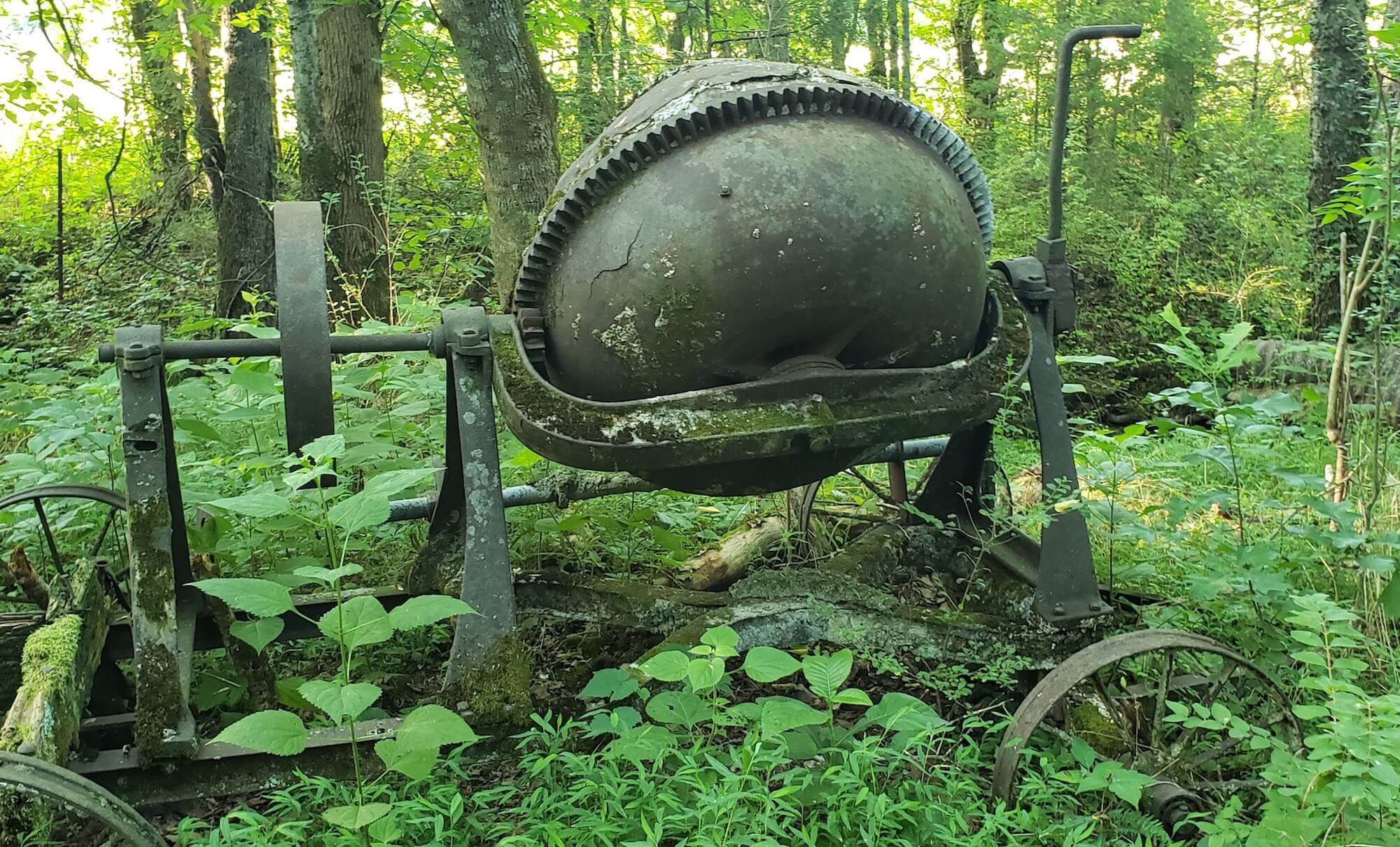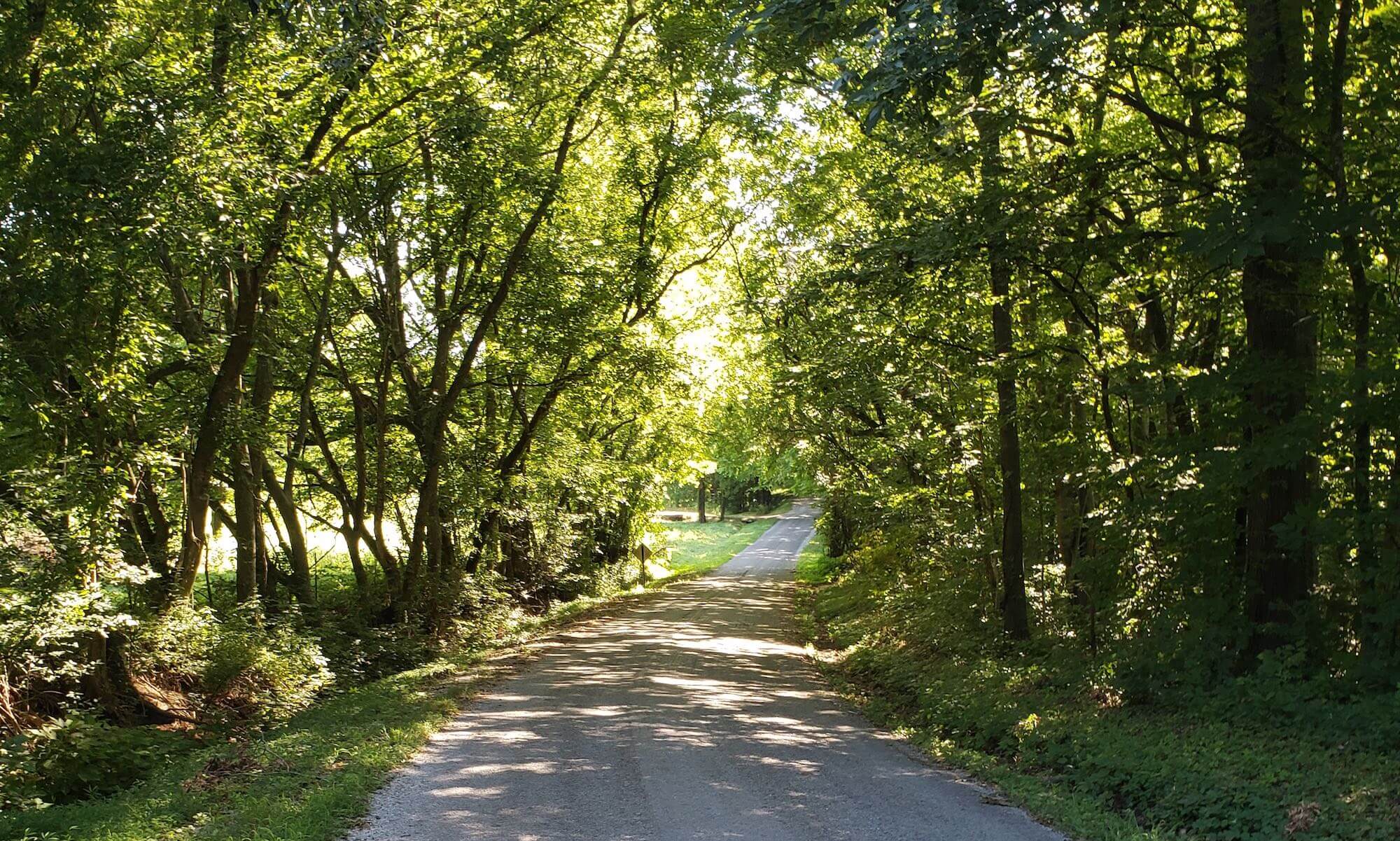Anyone who knows me can tell you, I love to cook. I love making an experience to share with people. I want them to take that “energy of giving” away with them and I want it to make them smile.
Engineered Spirits began as everything does, with an idea. I grew up on a farm in a very rural area. It was a lot of hard work. I wanted to see the world and experience what other places had to offer, other than just hard work and daily chores. What I didn’t realize back then was that what I had was very rare.
After being away for thirty years, it’s time to go back to be with that jewel. One thing I’ve learned in my travels is there’s more to land than just farming. The land has other resources that, when combined with a vision, can be blended in such a way as to bring the same type of joy I hope to give people when I cook.
The people I want to celebrate are those like my family. Hard-working thinkers who never just sat by when they thought something could be improved. They all came about it their own way. Independent people. Using what they had and making things better. Sometimes there was collaboration with others on big projects and when that happened, ideas would be bantered about and welcomed, discussed, and respected.
There are many stories here at the farm. Most happy, some sad, but all with a lesson. So let’s get a beverage and sit a spell. There are tales to tell.

